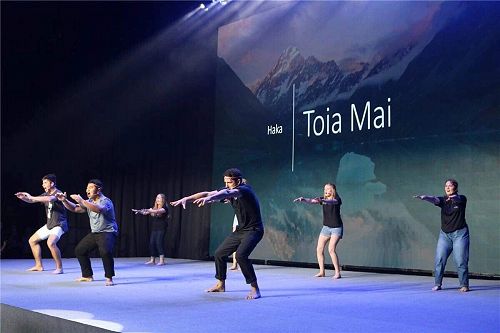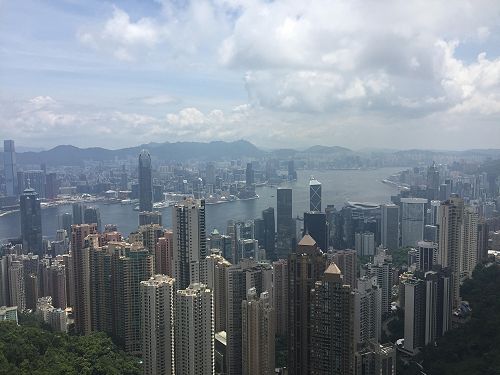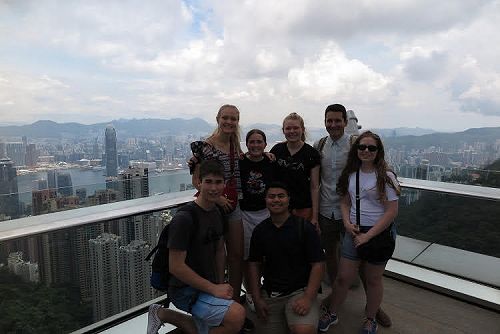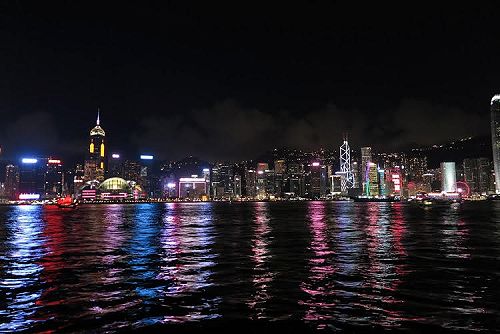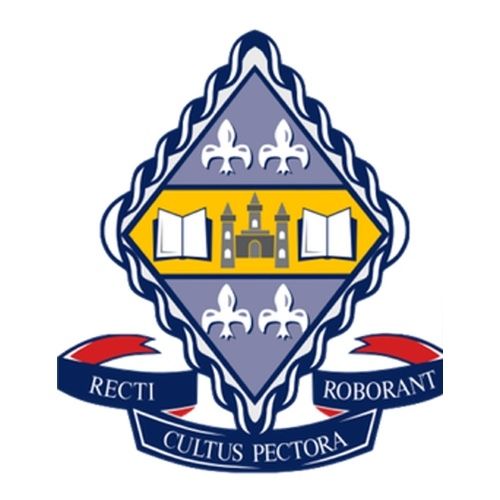
2019 Asian Science Camp
The 2019 Asian Science Camp (ASC) was an absolutely unforgettable experience where over 300 students from 28 different countries met Nobel Laureates, experienced amazing Chinese culture and made lifelong friendships.
From the 25 July to 3 August I was privileged enough to be one of six New Zealand students travelling to China to attend ASC 2019. The six of us and the teacher who came with us were from different parts of the country so we all met up at Auckland Airport and began our 11 hour flight. Before the programme started, we stayed in Hong Kong for two days for some sightseeing. This was an incredible experience because despite the 30 degree heat and intense humidity, there was so much culture to see. We visited various markets, temples, museums and took the tram up to Victoria Peak where you get an amazing 360 degree view of the city. Although it didn’t seem like it at the time, one of the highlights of the trip was sprinting through the streets and train stations of Hong Kong with all our luggage, arriving one minute before our train to China left, only to be laughed at and told that we were supposed to be there one hour before it left. After waiting four hours for the next train, we eventually made it to Shantou University in China for the Asian Science Camp.
The main programme of the camp involved nine lectures by Nobel Laureates and Academics about different science topics. For example, some of the lectures focused on personalised medicine, energy harvesting, viruses and artificial cells. As well as these, we had smaller parallel lectures and scientist office hours where we could go and talk to the professors in smaller groups. We were put in groups with five other students from different countries. We had to work together in our groups to create a poster about a global scientific issue. In my group, there were people from India, Nepal, Israel, China and Russia and over the week, my group designed a filtration system to remove microplastics from polluted water.
We also had a cultural excursion where we visited Chen Cihong’s Residence, and Bai Shi Yuan
(Craft Master’s Garden). Then on the last day, we visited the Human Life Science Museum and
the temple which were both on the University campus. That night, we all participated in the
closing ceremony where each country presented a cultural performance. This was another
highlight because it was amazing to see the culture of the 28 different countries.
Overall, the ASC was truly an incredible experience that enabled me to make global
connections with students from other countries and deepen my passion for science. I want to
thank the Royal Society for selecting me to attend and the TSSTA and STAR for helping fund
the trip.
Gallery
